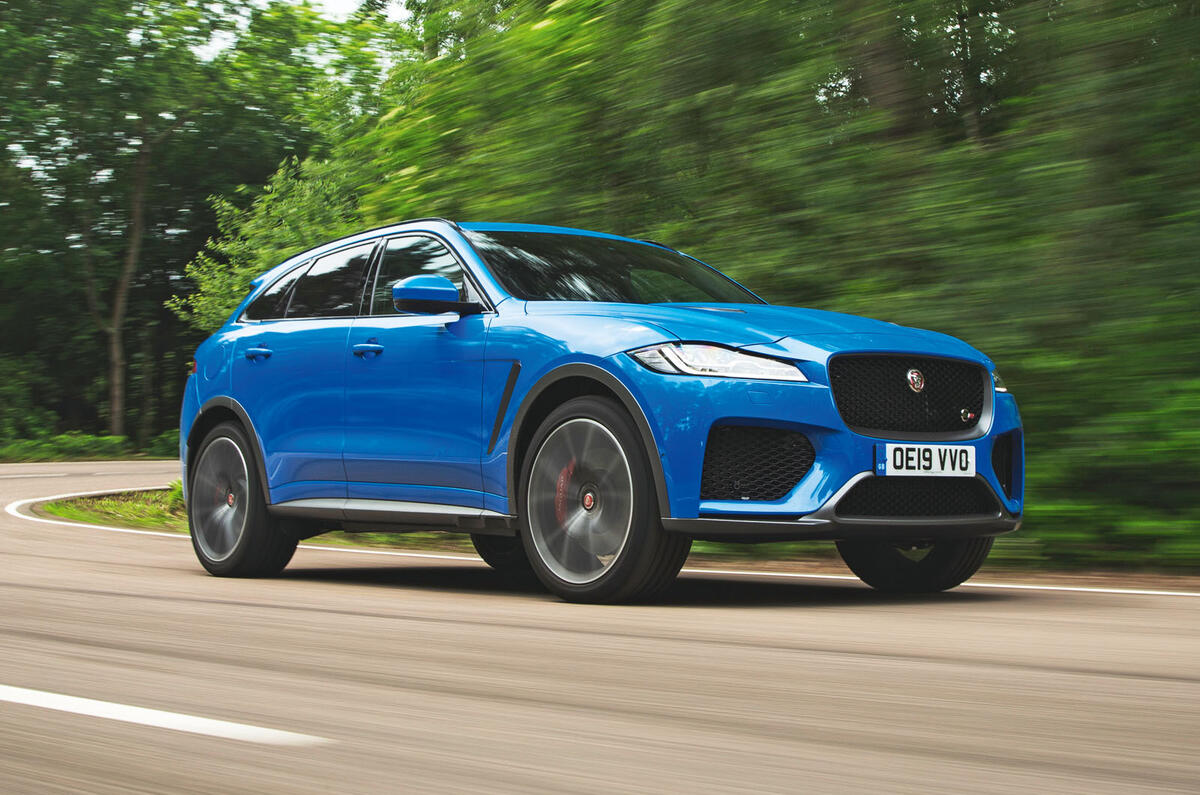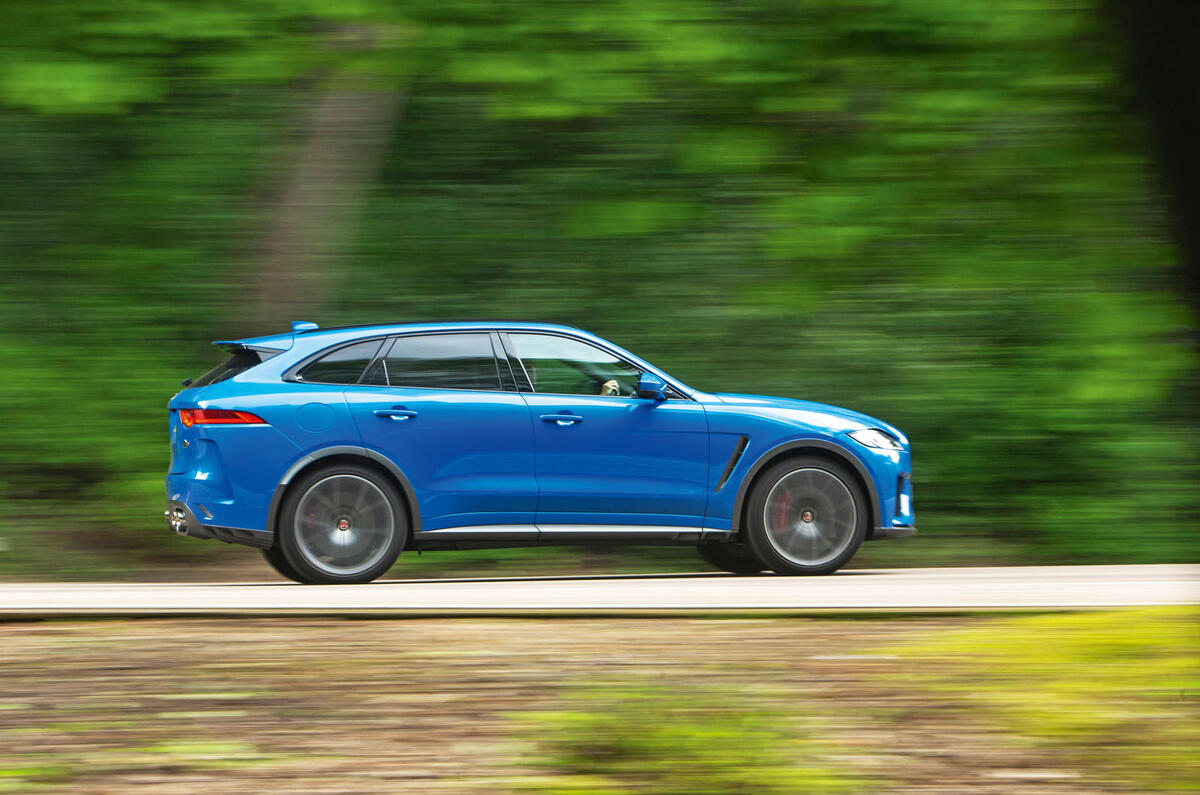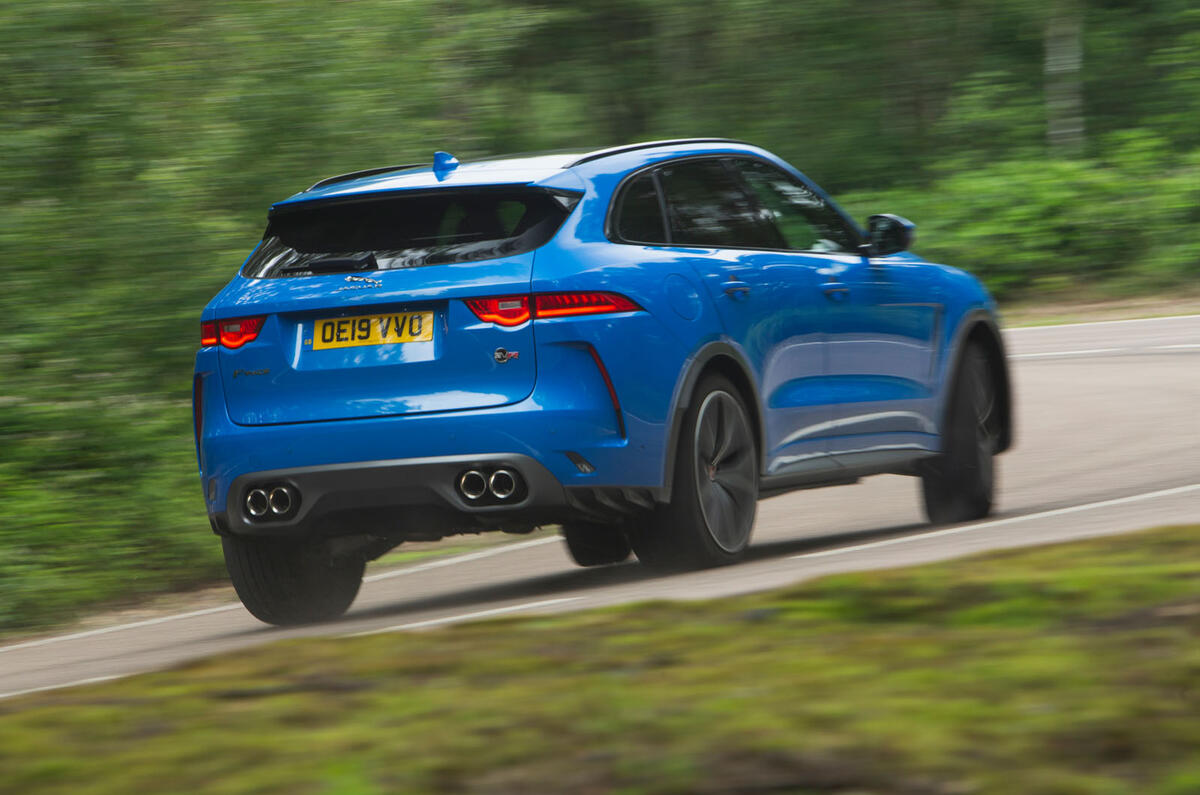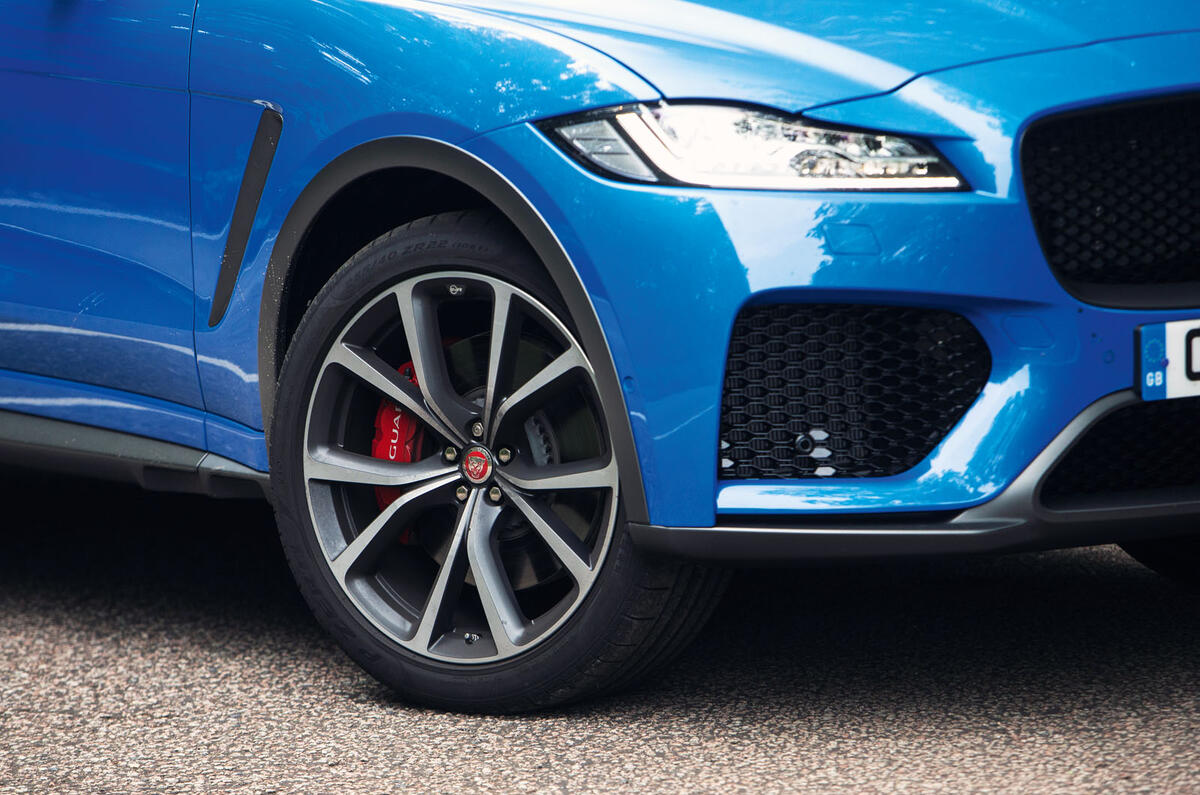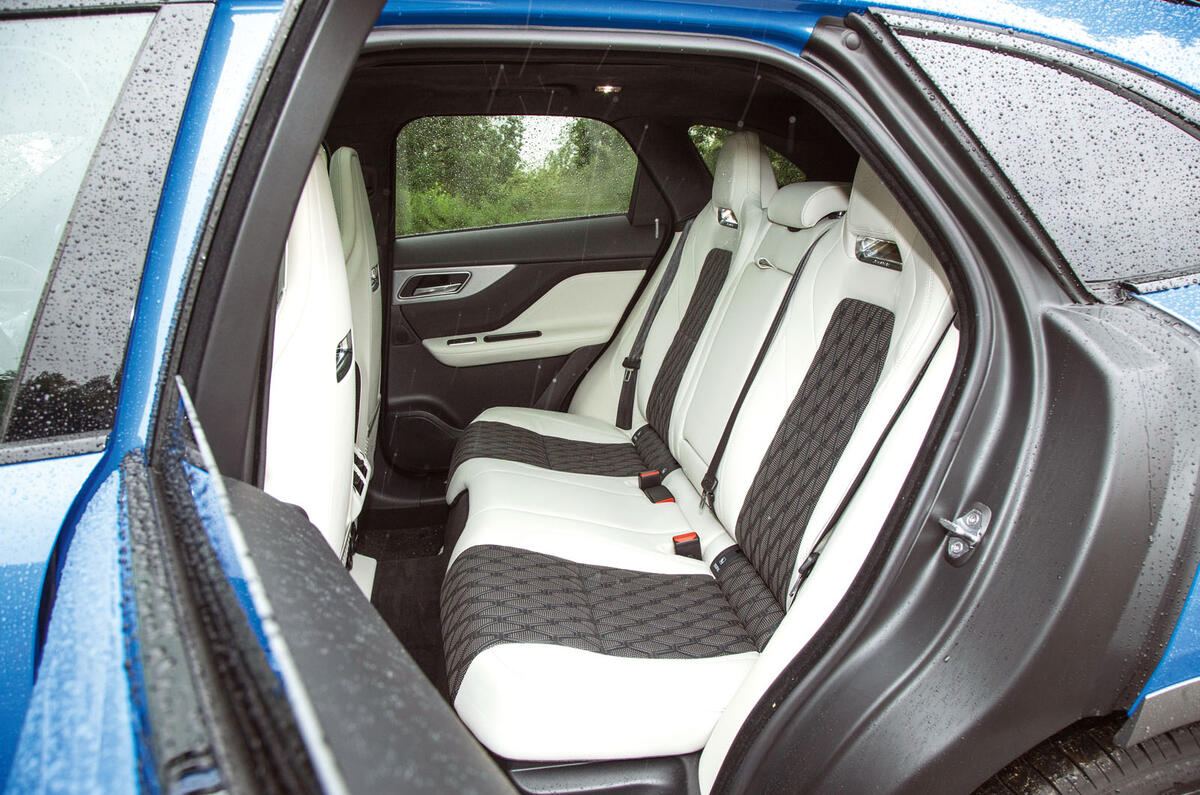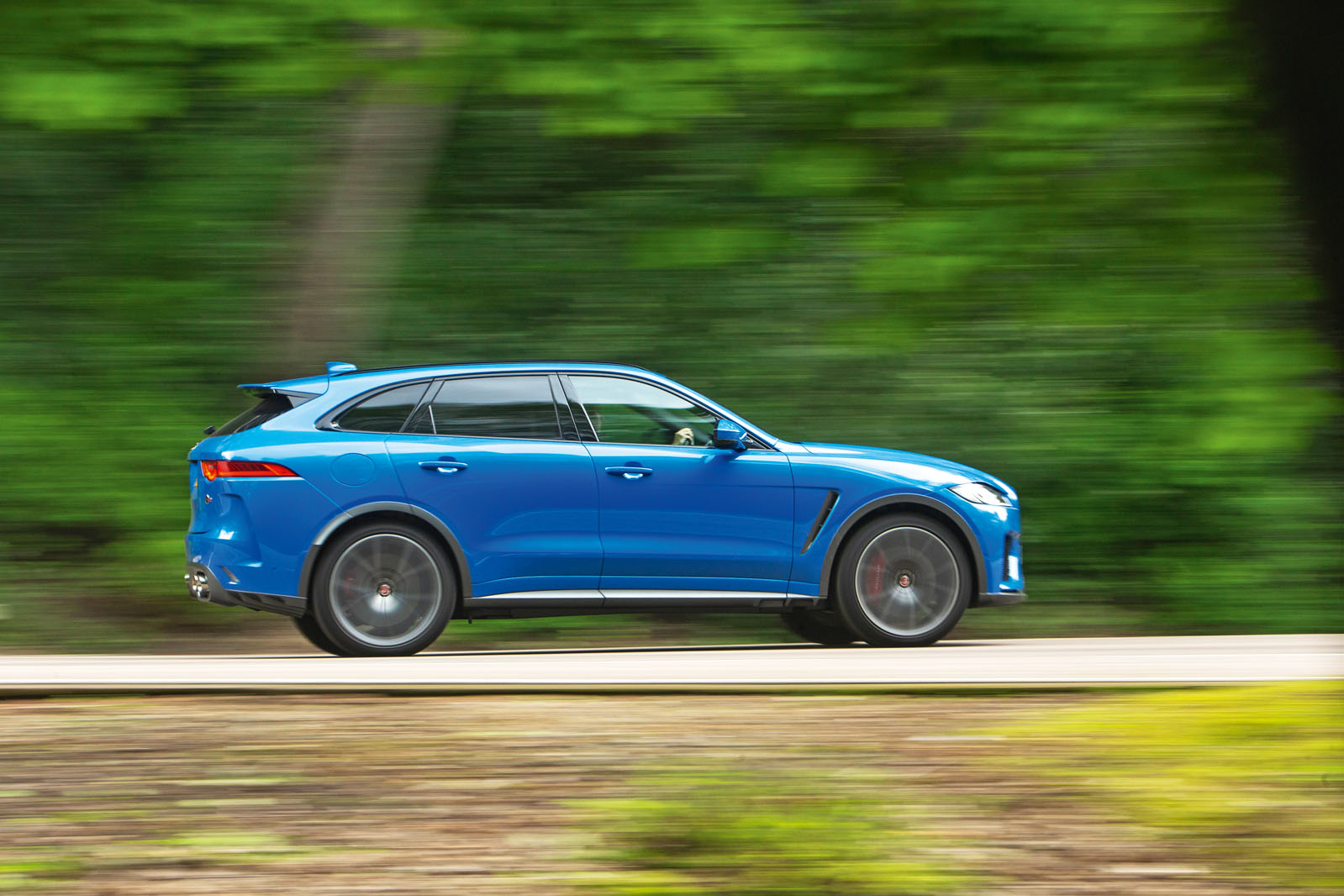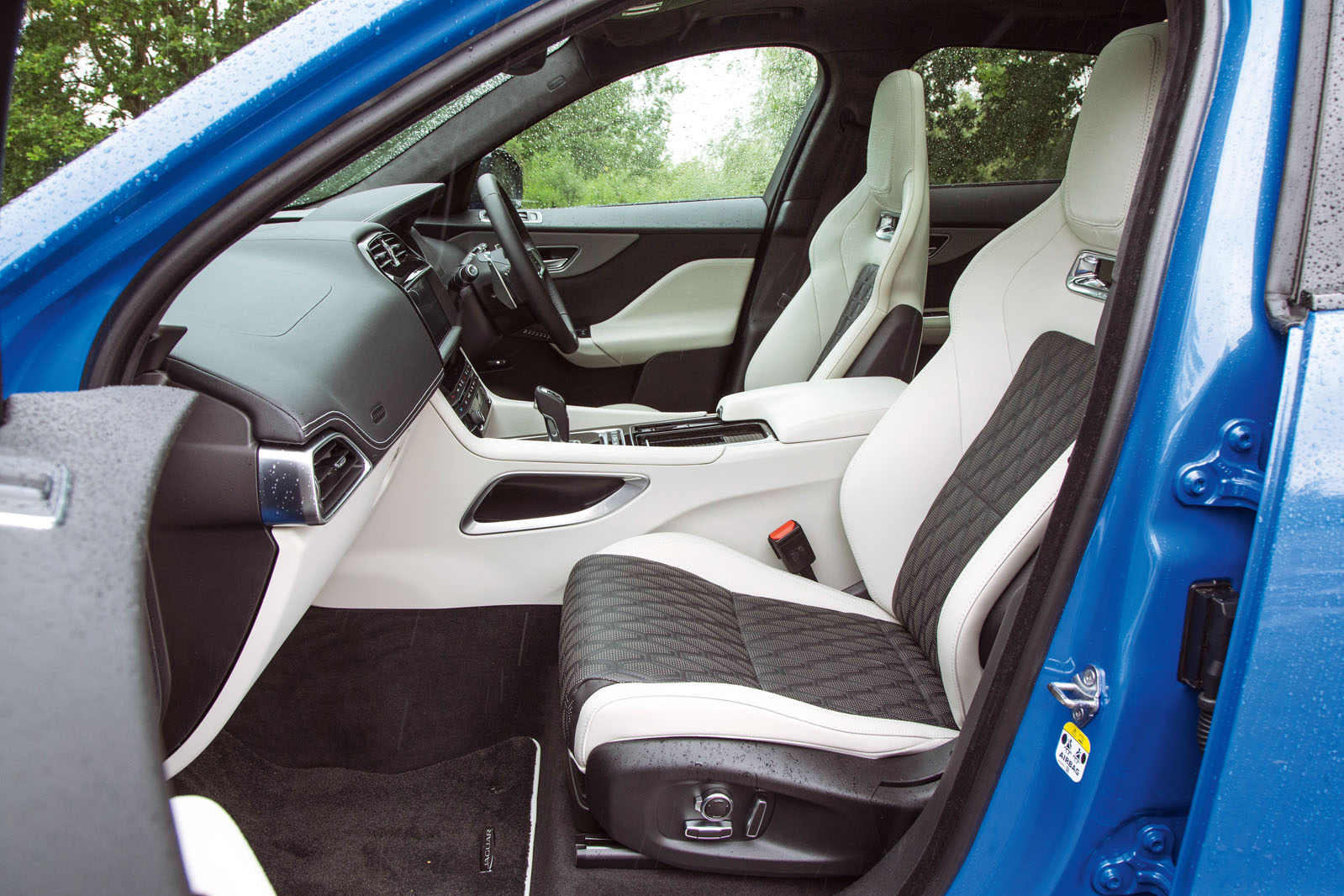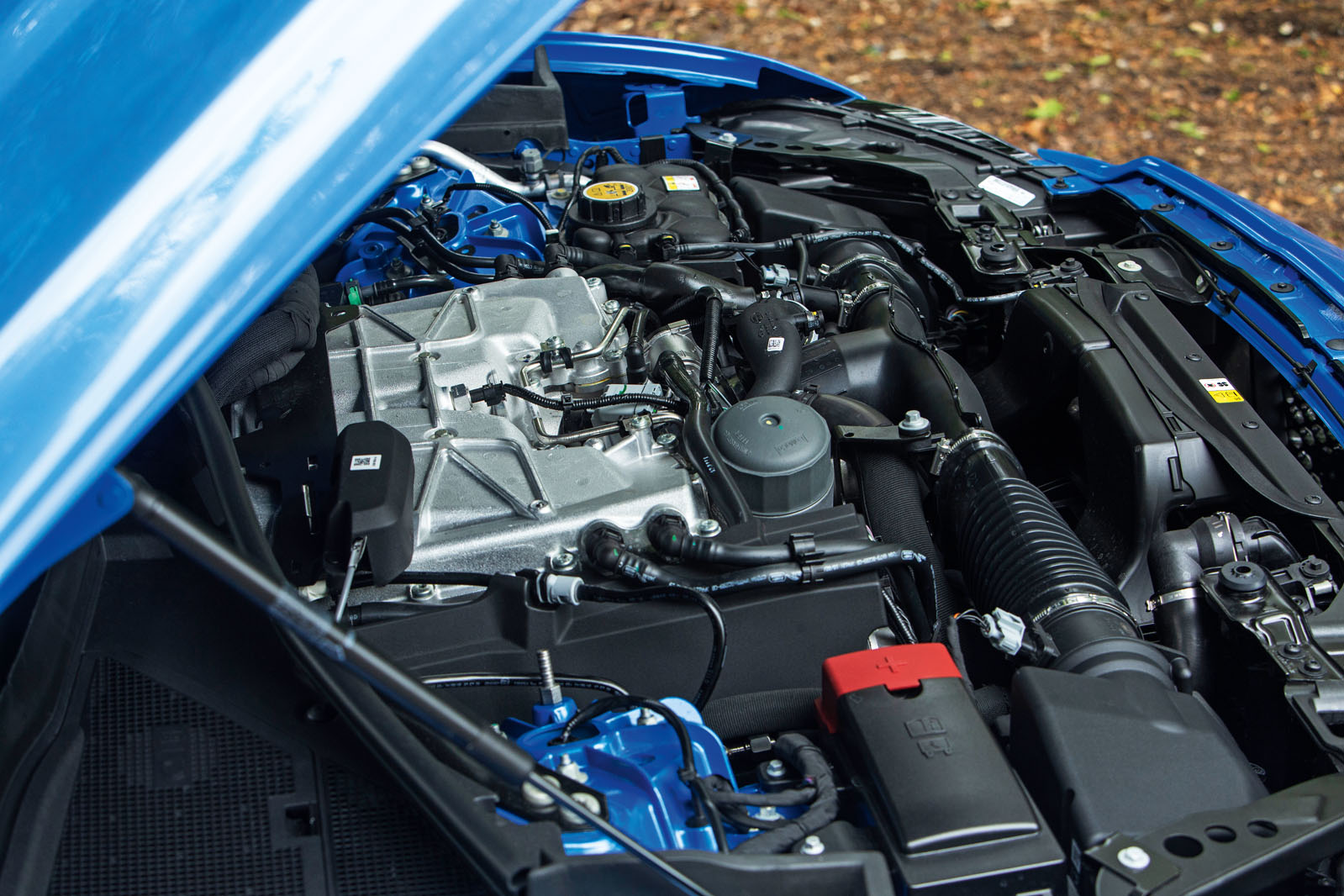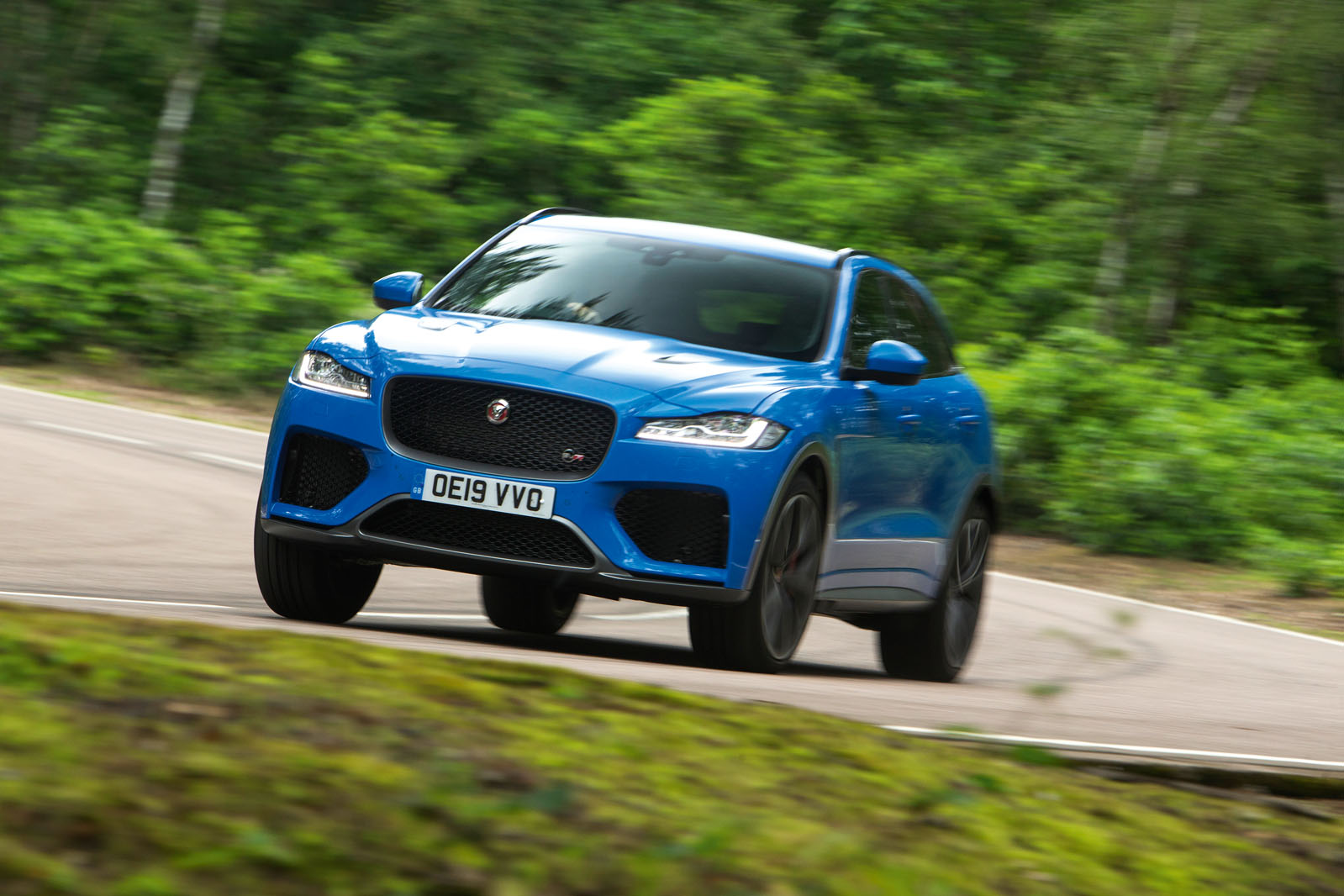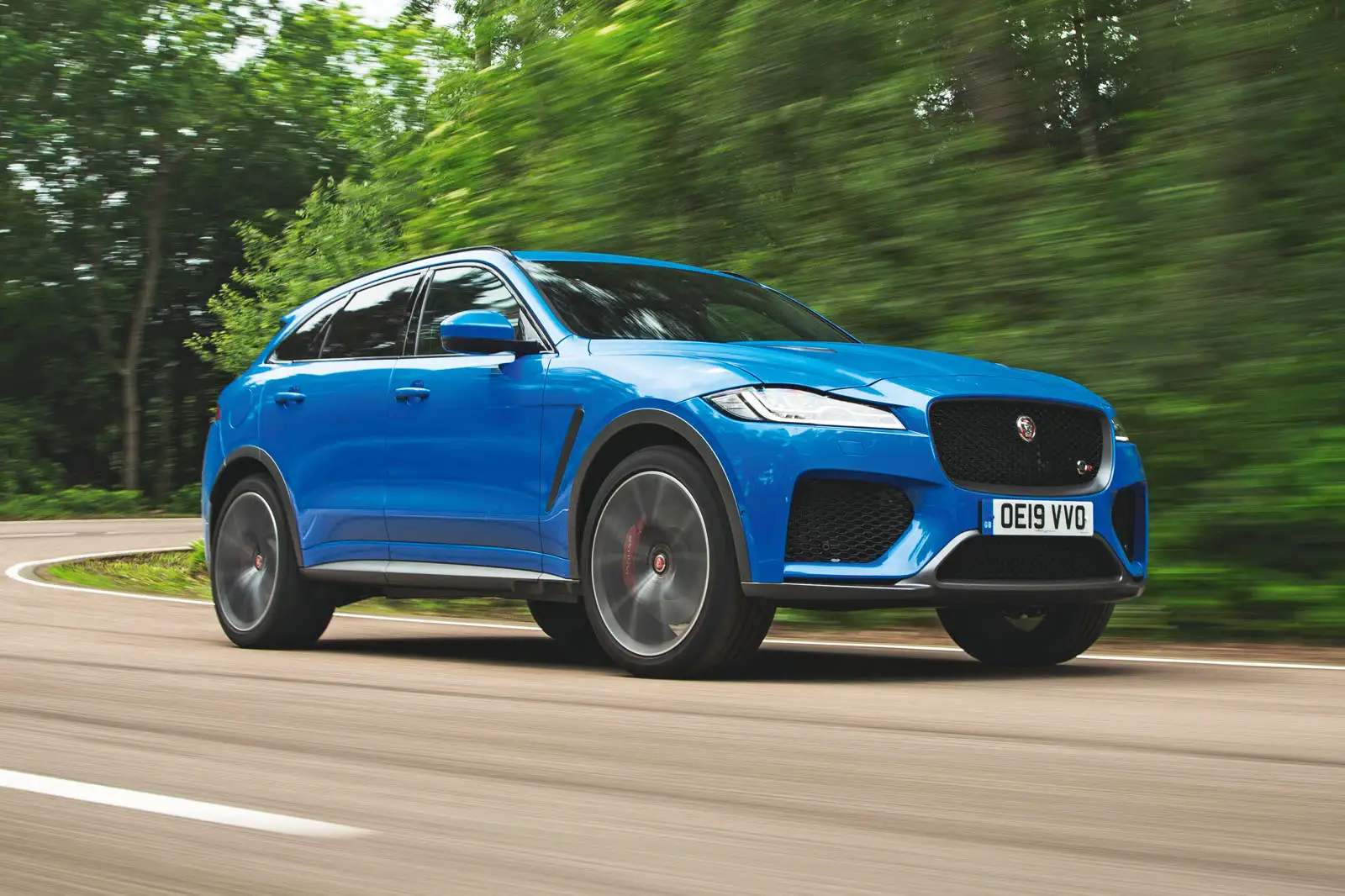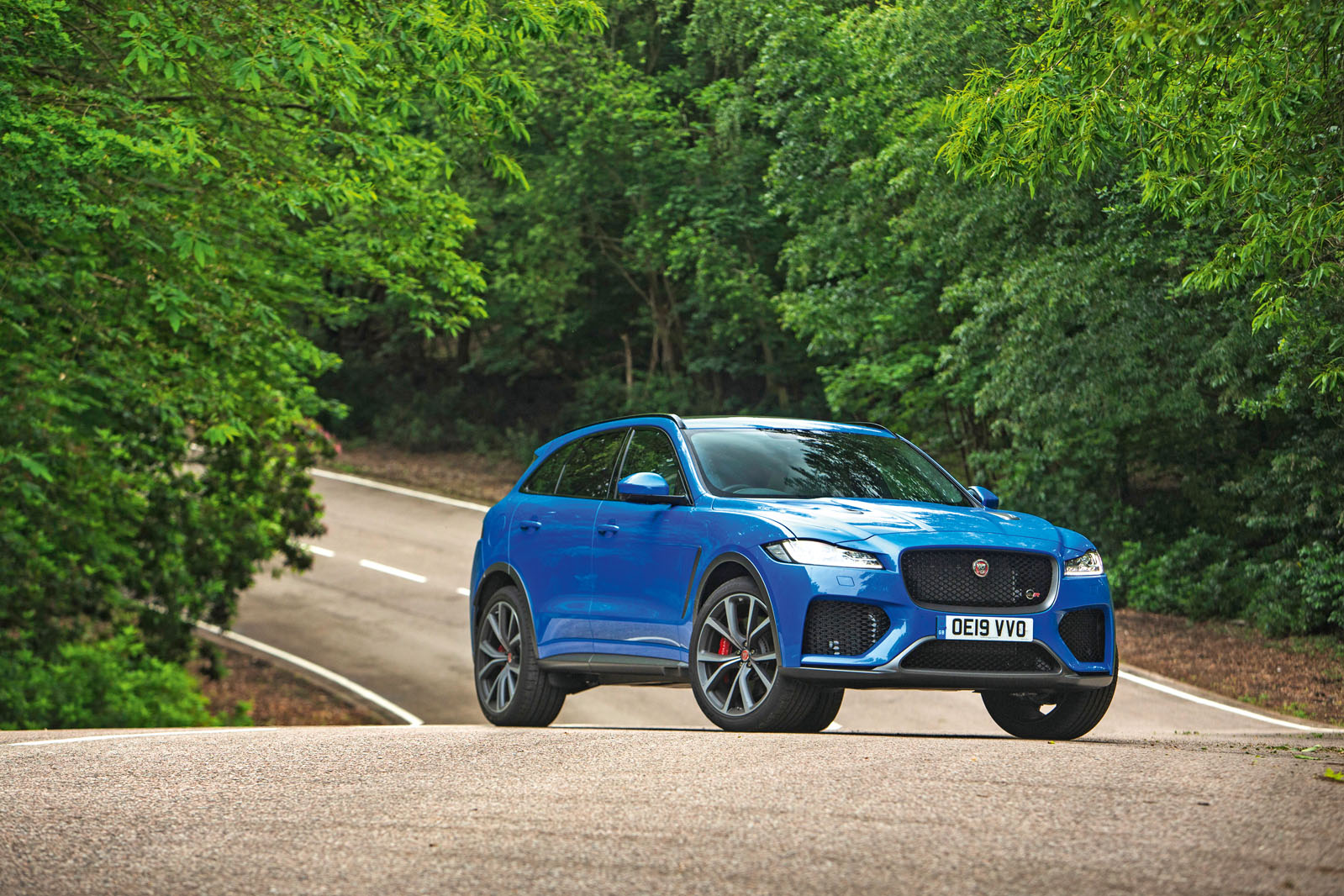The Jaguar F-Pace was a bold move from a marque whose history is so sharply defined by some of the best-handling saloons and sports cars the world has known.
There are few bigger risks to take with such a reputation than by launching a tall, heavy SUV, and no doubt the prospect of putting such a vehicle into production was the source of more than one sleepless night for Jaguar’s top brass. Nonetheless, the move was a necessary and thus far fruitful one, and had it not been made who knows where the firm would be now.
Not only has the F-Pace now carved out a name for itself as one of the sweeter-handling and more engaging SUVs of its size and type, but it has also become Jaguar’s strongest-selling model. Across the 2017/18 financial year, the F-Pace accounted for some 42% of the marque’s global sales. Even with the launch of the smaller Jaguar E-Pace SUV in late 2017, it continued to account for the lion’s share of Jaguar’s sales numbers across 2018/19.
Against this backdrop, the arrival of the F-Pace SVR feels like something of a logical progression. Jaguar has proved it can make an entertaining and expressive everyday SUV that can also sell. Now, this Special Vehicle Operations version sets out to establish whether Jaguar can make the most entertaining and the most expressive performance SUV bar none. At the same time, however, the retention of a healthy dose of everyday usability will be crucial to success here – something the Alfa Romeo Stelvio Quadrifoglio learned the hard way when we road tested it earlier this year.


